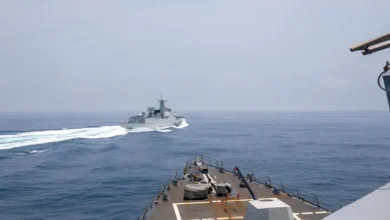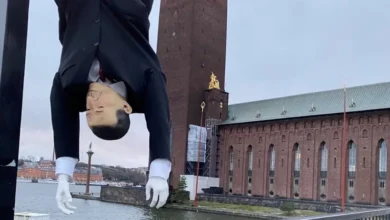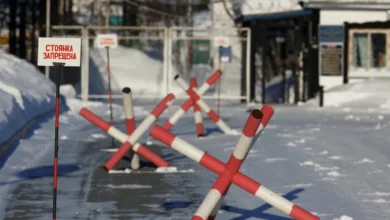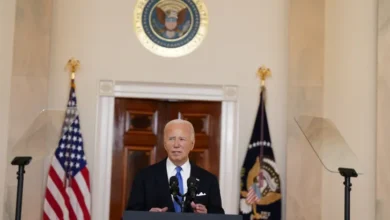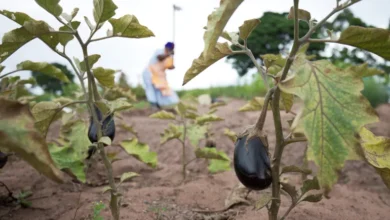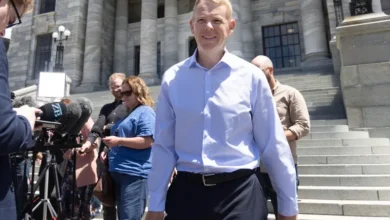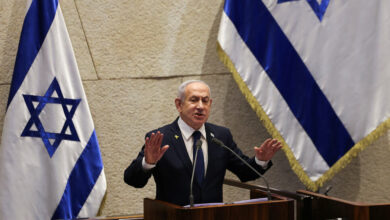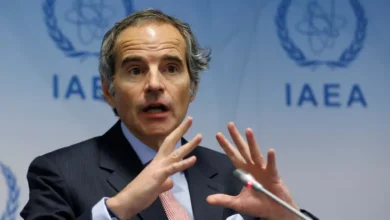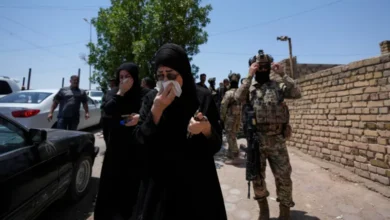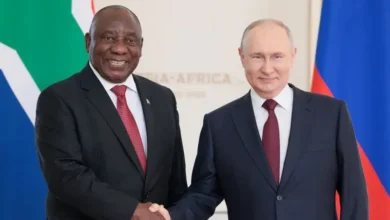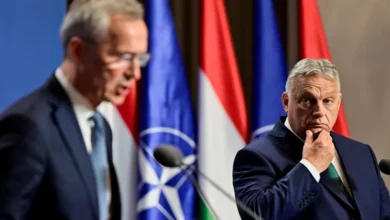Nigeria’s victims of #EndSARS protest violence await justice five years on
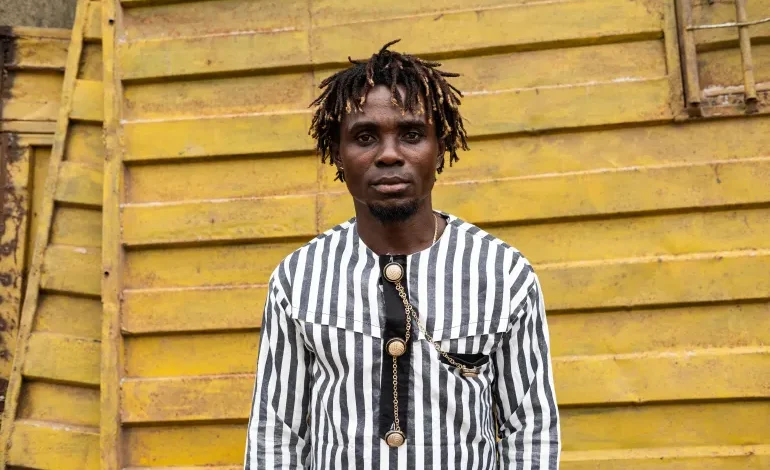
Agbeze Ifeanyi Matthew huddled on the ground in fear, thinking his city had become a battlefield as a barrage of army gunfire rang out around him.
Beside him that night, hundreds of other young protesters were gathered at the Lekki tollgate in Nigeria’s economic capital, Lagos, waving green and white national flags and singing the national anthem.
The crowd tried to lay low, but a few minutes later, Matthew felt something hit his chest followed by a stream of warm liquid. When he looked down, he saw that he had been shot – the bullet entering his chest before exiting through his back.
Matthew stood up and tried to run to safety, but stumbled, fell, and passed out. His fellow protesters carried him to the nearby General Hospital, where he was treated before being transferred to another facility.
“I had lost a lot of blood because there were two openings. While I was being treated, I could hear the doctors and nurses talking, but I couldn’t react or open my eyes,” the 35-year-old content creator told Al Jazeera. “I thought I was going to die.”
The bullet fractured two ribs, but Matthew was one of the lucky ones to make it out alive. That October 20, 2020 night, there were 48 casualties, including a dozen people killed, after Nigeria’s military opened fire on unarmed demonstrators.
#EndSARS protests
Five years ago, thousands of young Nigerians, including Matthew, participated in the nationwide #EndSARS protests – a two-week long demonstration against the rogue police unit, the Special Anti-Robbery Squad, or SARS, which stood accused of a slew of crimes including harassment, rape, profiling, extortion, and robbery.
One of the reasons Matthew – who usually had dreadlocked, red- and gold-dyed hair – joined the demonstrations was because he says he was regularly profiled and harassed by SARS officers on his commutes in Lagos. Once, they even told him they could shoot him dead and there would be no repercussions, he recalled.
After years of complaints, and seeming impunity, demonstrators went out into the streets to demand the disbandment of the SARS unit, police reforms, and better governance from the country’s leaders.
But the peaceful protests were regularly met with violent responses from the security forces. At first, tear gas and water cannons were fired, then live rounds were used to disperse crowds across protest venues nationwide.
The day Matthew was shot was one of the most violent, and deadly, and is now known as the Lekki massacre. But five years later, despite the Lagos government promising justice for the victims and the establishment of panels of inquiry into the violence in different states, Nigerians say justice has not been served.
Anietie Ewang, a Nigeria researcher at Human Rights Watch, told Al Jazeera that the country moves on too quickly from events such as the #EndSARS protests, and this is reflective of the impunity within which Nigeria’s security forces operate.
“It is also reflective of the failure of our justice system,” she said. “I think the two are really connected. If you have a justice system that is unable to hold our security forces accountable or even hold other actors in government accountable, then we are going to keep on having this type of scenario.”
Perpetual pain, frustration
The day after the Lekki shooting, Matthew remained in hospital being treated.
His siblings visited him, and some of the protest organisers also provided food and hygiene supplies such as towels and tissue paper, which he said helped his stay.
“While at the hospital, I saw some of the other people brought in from the protest site. Some of them died while receiving treatment. I think it is a miracle I am alive,” he said.
The day after the shooting, the governor of Lagos, Babajide Sanwo-Olu, also visited the protesters’ ward in the hospital and in a statement said the order to shoot them came from “forces beyond our direct control”. He promised the state would pay for victims’ hospital bills. Matthew said he did not have to pay for his hospital expenses.
But after he was discharged, he struggled to recover, so some people in the protest movement raised money for him to get an X-ray. That’s when he discovered that his two injured ribs were colliding, which continues to be a major source of pain.
